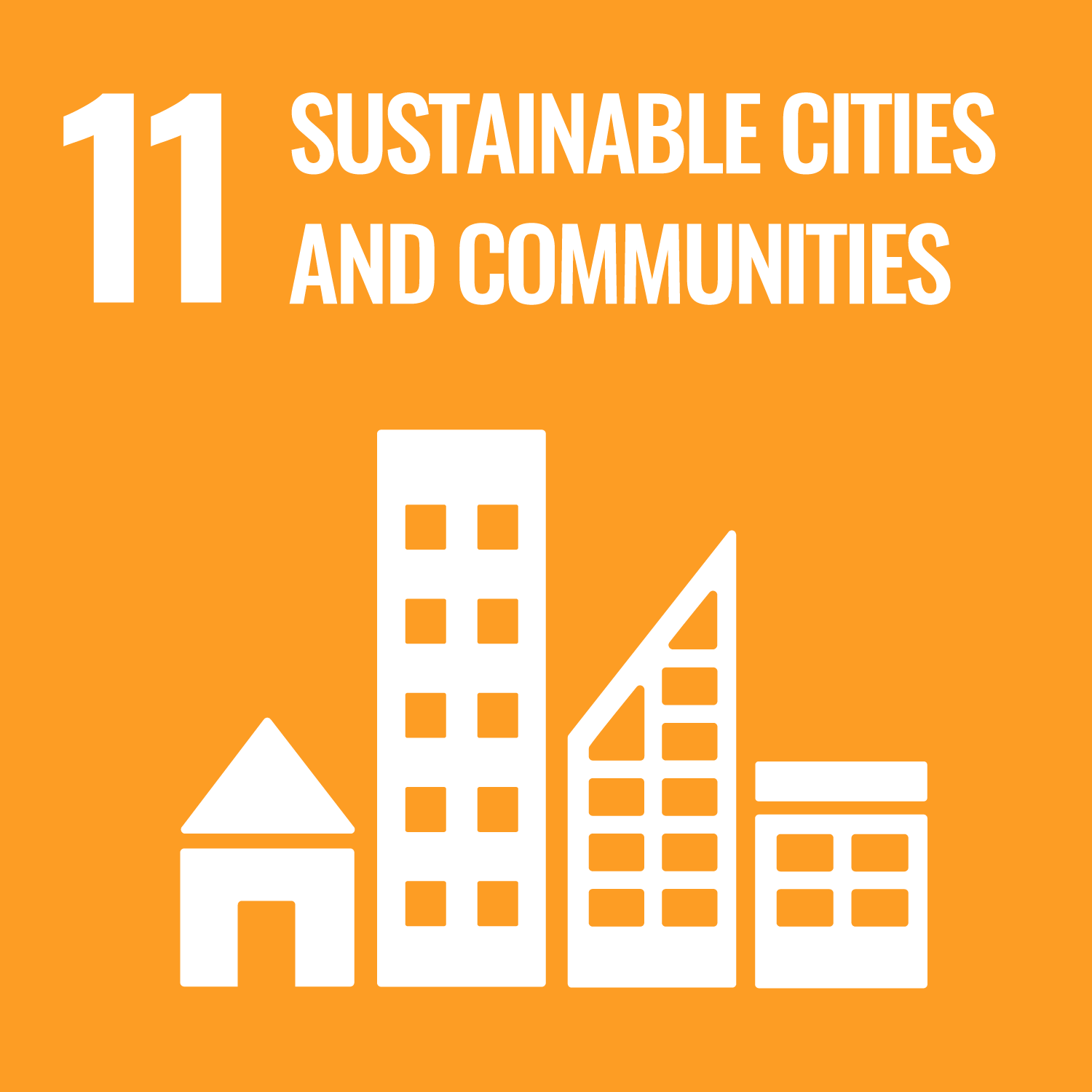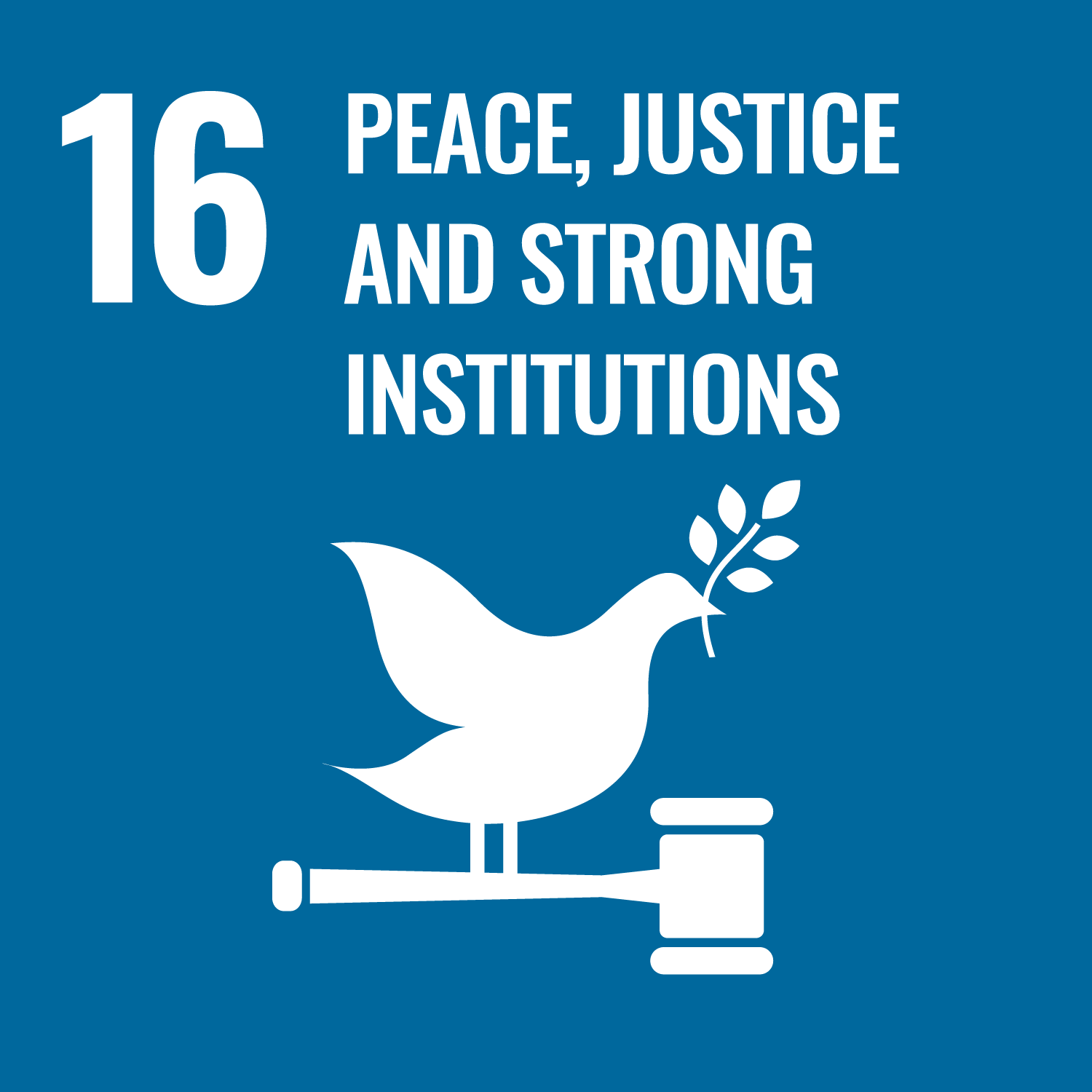Cultivation of Potassium-Reduced Crops by Gravel Cultivation with Clean Recycled Water
Department of Food and Life Science, Course of Food Environment Control Science WATANABE Yuka、CHISHAKI Naoya、AKAGI Isao
k6734357@kadai.jp (WATANABE Yuka)Background and objectives of activities
There are approximately 13 million chronic kidney disease (CKD) patients in Japan and more than 330,000 dialysis patients. Patients with advanced stages of the disease need to limit their potassium intake, and food with low potassium content is in demand. This activity aims to grow and provide secure and safe potassium-reduced vegetables to CKD patients by utilizing clean reclaimed water, which is mainly disinfected by treating wastewater from households using an activated sludge process.
農-クリーン再生水を用いた礫耕栽培によるカリウム低減作物の作出.jpg)
Summary of Activities
We will build a cultivation facility on the grounds of the Kagoshima City Southern Treatment Plant (sewage treatment plant), experiment with potassium reduction of various crops, and evaluate the quality of the resulting crops (potassium reduction, nutritional value, and added functionality). The results of this cultivation method will be presented at academic conferences and research meetings, and introduced to the public at various opportunities, with the aim of establishing an industry-academia-government system for technology transfer and commercialization of potassium-reduced crops.
Expected Benefits
1. Improve the quality of life of CKD patients and promote their social participation by supplying inexpensive and safe potassium-reduced vegetables.
2. In the midst of attempts to utilize sewage resources in a resource-recycling society, the use of reclaimed water (treated sewage water) can contribute to urban farming with a reduced environmental impact.
3. Although the reclaimed water used for cultivation is released into the environment, some of the nitrogen and phosphorus contained in the reclaimed water is absorbed by the plants, leading to a reduction in marine pollution.
4. The system of reusing treated sewage water discharged from the social infrastructure of sewage treatment facilities, which must be maintained almost semi-permanently, will help build a sustainable resource-recycling society.
















